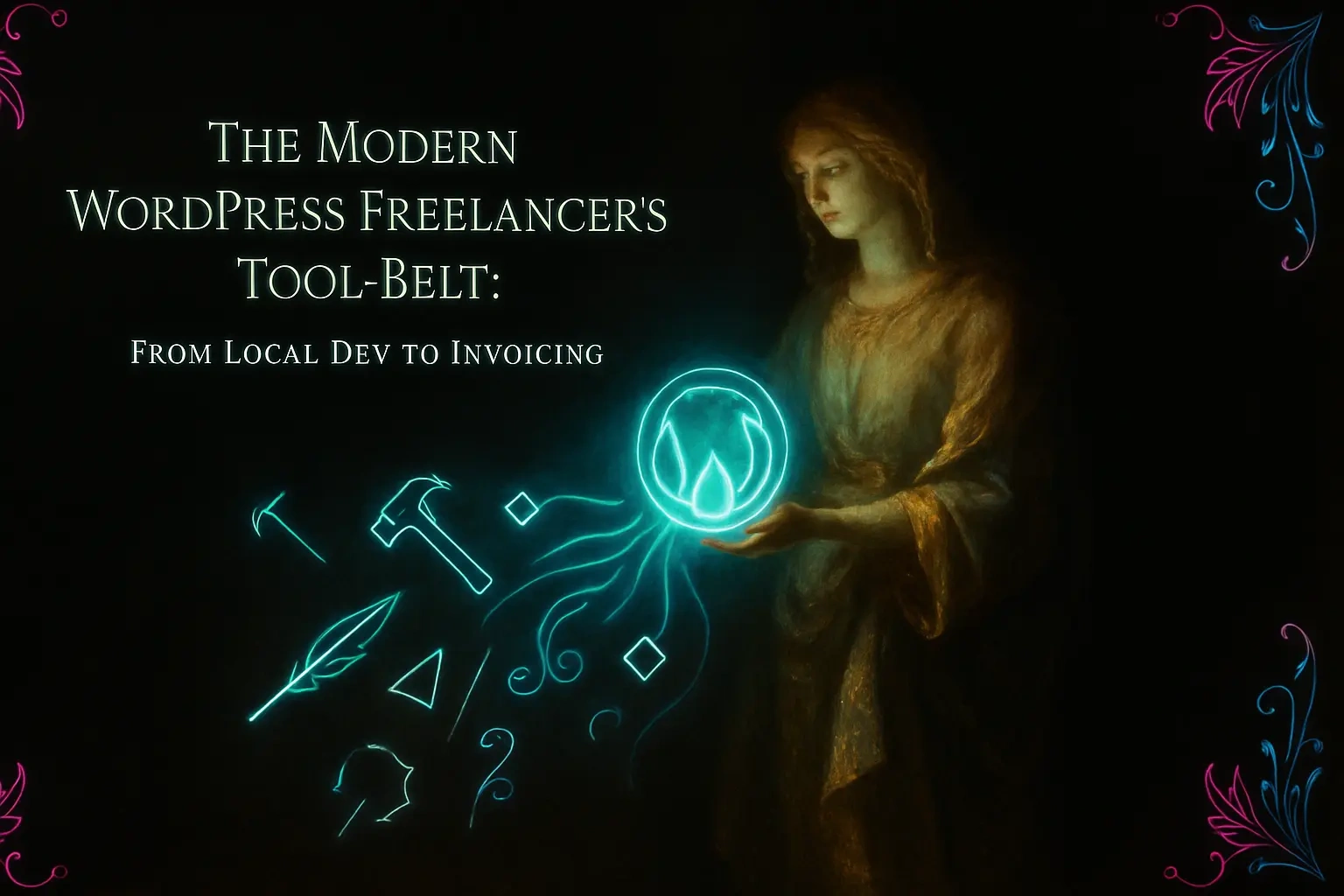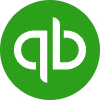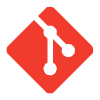The Modern WordPress Freelancer's Tool-Belt: From Local Dev to Invoicing

The Modern WordPress Freelancer's Tool-Belt: From Local Dev to Invoicing
Local WordPress Development Environments
Why Develop Locally?
Popular Local Development Tools
Choosing the Right Tool for You
Project and Client Management Software
Visual Task Management with Kanban Boards
All-in-One Platforms for Freelancers
The Importance of Time Tracking
Invoicing and Accounting Software
Free and Freemium Invoicing Tools
Premium Accounting and Invoicing Solutions
Automating Payments and Reminders
Essential Communication Tools
Video Conferencing for Meetings
Real-Time Messaging
References
The Modern WordPress Freelancer's Tool-Belt: From Local Dev to Invoicing
Local WordPress Development Environments
Why Develop Locally?
Popular Local Development Tools
Choosing the Right Tool for You
Project and Client Management Software
Visual Task Management with Kanban Boards
All-in-One Platforms for Freelancers
The Importance of Time Tracking
Invoicing and Accounting Software
Free and Freemium Invoicing Tools
Premium Accounting and Invoicing Solutions
Automating Payments and Reminders
Essential Communication Tools
Video Conferencing for Meetings
Real-Time Messaging
References
Posted Jul 6, 2025
Efficiency is key to a profitable freelance business. Discover the essential tools for WordPress development, project management, and invoicing that will streamline your workflow.












